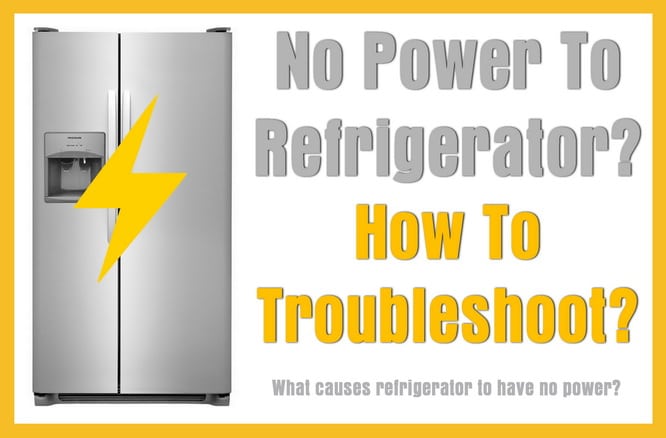This sound is normal.
Maytag refrigerator noises popping.
There was no ice storage bin and no water connection and the ice maker wire shutoff arm was in the off position up.
Popping sounds tend to be associated with the interior wall of the fridge contracting when the refrigerator cools or defrosts.
Check that the ice maker is turned off if the refrigerator is not connected to a water supply.
Please click on each sound to learn more.
The powerful compressor motor can cause enough vibration in the unit that plates sitting on the shelves inside may tap together and cause what sounds like a continuous popping from outside the unit.
Remove and replace refrigerator water inlet valve.
Below is a list of common sounds the refrigerator might be making.
You may hear rapid repetitive clicking sounds as the unit switches from cooling one compartment to cooling the other.
Some popping noises could be caused by normal vibrations within the refrigerator.
A dripping sound can be due to the normal defrosting of the freezer.
The inside of the cabinet may also click as it contracts with cooling.
This is part of normal operation.
The defrost timer can make a popping sound.
When water enters the refrigerator the water inlet valve can make a pop or popping sound.
Water valve will make a buzzing or clicking sound if the ice maker is not connected to a water supply.
Your new maytag refrigerator will probably make different sounds or noises than your previous refrigerator.
These sounds do not require repair.
French door maytag refrigerator with bottom freezer drawer was making loud popping sounds.
According to maytag you may hear a clicking type noise when ice ejects into the bin when water drips on the heater during automatic defrost when the ice maker fills with water or when water moves through the lines.
Contraction and expansion of the inside walls of the refrigerator may cause a popping or cracking noise especially as the refrigerator cools down for the first time or defrosts.
Popping and cracking noises may also simply be the expansion and contraction of internal parts as the unit changes temperature requiring no action on your part.
This can often happen more at night when temperatures in general drop in the home.
These are normal sounds.

